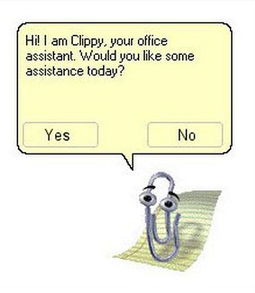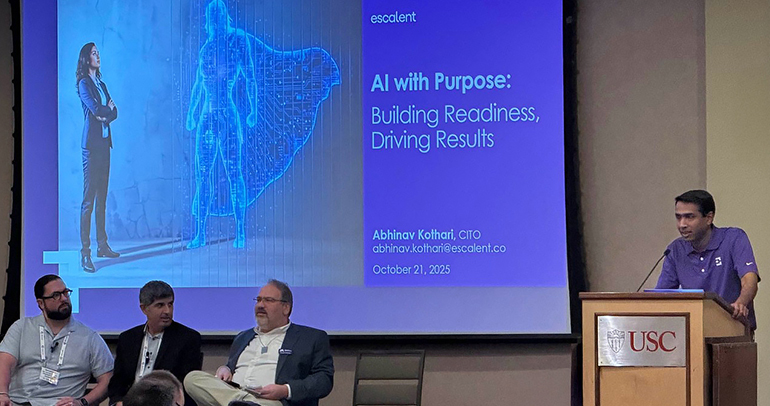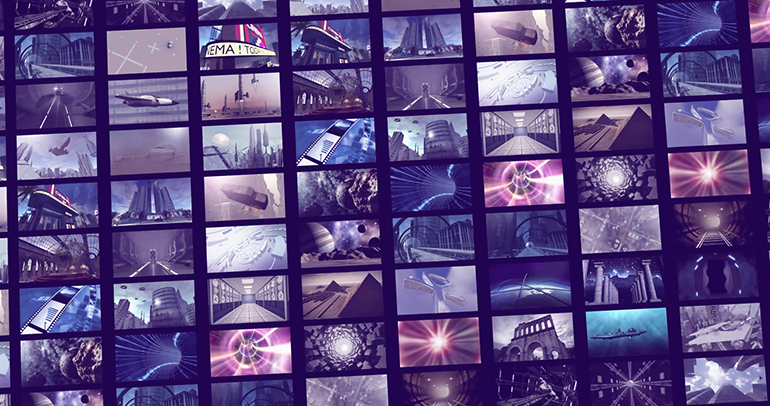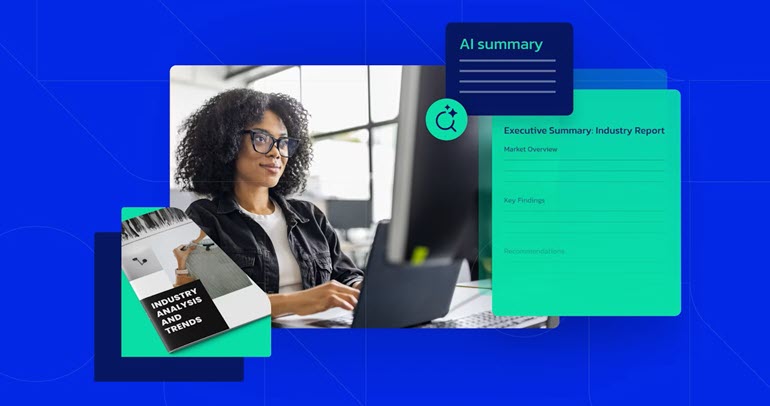
Escalent works with global tech organizations on the vanguard of generative artificial intelligence (AI) strategies. With access to hard-to-reach audiences and deep industry knowledge, our technology experts have partnered with clients to help them achieve clarity in their generative AI strategy, roll out new products that imbed generative AI, and deliver long-term value while strengthening relationships with their customers.
In some cases, we help tech companies pinpoint unique generative AI opportunities, like when we helped an AI and machine learning provider carve out a differentiated space in the rapidly budding generative AI market. But we also help clients who are earlier in their AI journey and have been charged with incorporating AI into their offerings. In those cases, we inform and guide those clients on how to understand the generative AI market as a first step before launching into competitive solutions.
To understand the impact generative AI is having on the world today, incorporate strategic thinking about generative AI and make informed business decisions, we must first understand where it started.
The Origins of Generative AI
Let’s go back. Way back—to Clippy, Microsoft’s famously overeager and not quite helpful retired mascot. While Clippy was an advanced feature when people were first learning their way around a computer in 1996, he is remembered by most as a shuttered product or, at best, a meme. He did his job too enthusiastically, while looking just a little too human and, in his obsolescence, became a quaint reminder of yesteryear. But this seemingly insignificant paper clip was so much more: It was uncanny, persistent and a window into a future we did not yet believe in. 
Like Clippy, many other early chatbots and virtual assistants were almost intelligent, such as the first Siri and Alexa. These pioneering chatbots had many human qualities, including speech and social graces, but after a few moments of interaction, it became clear they were built from templates and any “conversations” were rudimentary decision trees. Many experts decried these chatbots as too simple and too robotic, and indicated that any progress was years—if not decades—away. Thus, the general population and the media lost interest.
However, research continued. While cloud, SaaS, IoT and other technologies were weaving themselves into the fabric of our collective technology usage, a new form of AI—generative AI, so named because it can generate unique responses to unique queries—was advancing faster than most could imagine.
In 2017, Google quietly changed the world of generative AI with its investment and discovery of transformer models, the significance of which was subtle but important. These neural networks learn from past experiences, understand context and track relationships in sequential data, much like the words in this sentence. Unlike what had been seen in the past, this “generative” AI, with the power of transformer models and massive amounts of data, began to build on itself, iterate and perhaps even learn. But at the time, unless you were a researcher looking behind the glass, it didn’t seem to change much about how technology was being used day to day.
The Revolution of OpenAI’s ChatGPT
OpenAI started as an unassuming startup in 2015, with a charter to explore and expand on these technologies for the benefit of humanity—no small task. In late 2018, however, OpenAI changed the world of generative AI for good by leveraging Google’s earlier work into something accurate and conversational, and introduced the GPT (generative, pre-trained transformer) models, the basis of which has informed ChatGPT. However, it took years for the market to notice.
Then, in November of 2022, OpenAI released its first public demo of ChatGPT.
Within the span of a news cycle, it seemed like everyone wanted in on it. Companies such as Meta and Google worked overtime to research and release new models and adjust to the rapid changes that this technology brought. Microsoft became an unexpected ally to and investor in OpenAI. The GPT models from OpenAI quickly advanced from one, to three (and even three-and-a-half), and then to the most powerful so far, GPT-4. Technology stakeholders, influencers and enterprise leaders began leaning in and discussions in the tech market shifted to how to build better, faster and more scalable models. Generative AI research became an opportunity for innovation and a beacon of hope in the economically lagging tech market.
Functioning elegantly as a chatbot, accessible and conversating adeptly ad hoc about topics ranging from recipes to slam poetry, the generative AI of today is evidence that the world Clippy had unwittingly signified in 1996 is coming to fruition.
Three Ways Knowing the Generative AI Past Helps You Move Forward More Effectively
Understanding the origins of generative AI provides a view into the evolution of the technology, which allows you to better grasp its capabilities and limitations. Whether building or using generative AI, knowing its past evolution helps you:
- Set realistic expectations. Understanding the challenges, breakthroughs and journey of early generative AI helps set realistic expectations and avoid overestimating current AI capabilities.
- Learn from failures. Analyzing the history of generative AI provides a valuable lesson about what works and what doesn’t so you develop an effective strategy.
- Identify opportunities. With historical context in mind, you can explore gaps to create opportunities for innovation and differentiation in the market.
While AI experts acknowledge the benefits of generative AI, they also question the risks. Some have noted that when not effectively managed, there can be inconsistencies and errors. Furthermore, like any new technology, generative AI has the potential to be a low point of security. As such, organizations across the globe are taking steps to safely and effectively build with and use generative AI, one such example being Deloitte’s generative AI market incubator to help Indian and global enterprises in the development, deployment and commercialization of AI applications.
With a global view, we have noted an unprecedented shift in the tech market—and organizations around the world are building better, faster and more scalable generative AI models. I, along with the entire tech team, work with experts across the globe to help our clients respond decisively to this change with customized methodologies and powerful research. The day when many organizations are using secure, vetted and effective generative AI to augment and accelerate their workflow is coming. This technology will continue to have ripple effects across industries, and we can help you navigate the competitive dynamics and market uncertainties.
Generative AI may take many forms in the future, from a screenless voice assistant or a simple text interface. In another world, it may have taken the form of a small but mighty paper clip.
If you’d like to learn more about how we can help you build competitive generative AI strategies or how our tech team guides clients through disruption, click the button below to contact us.









